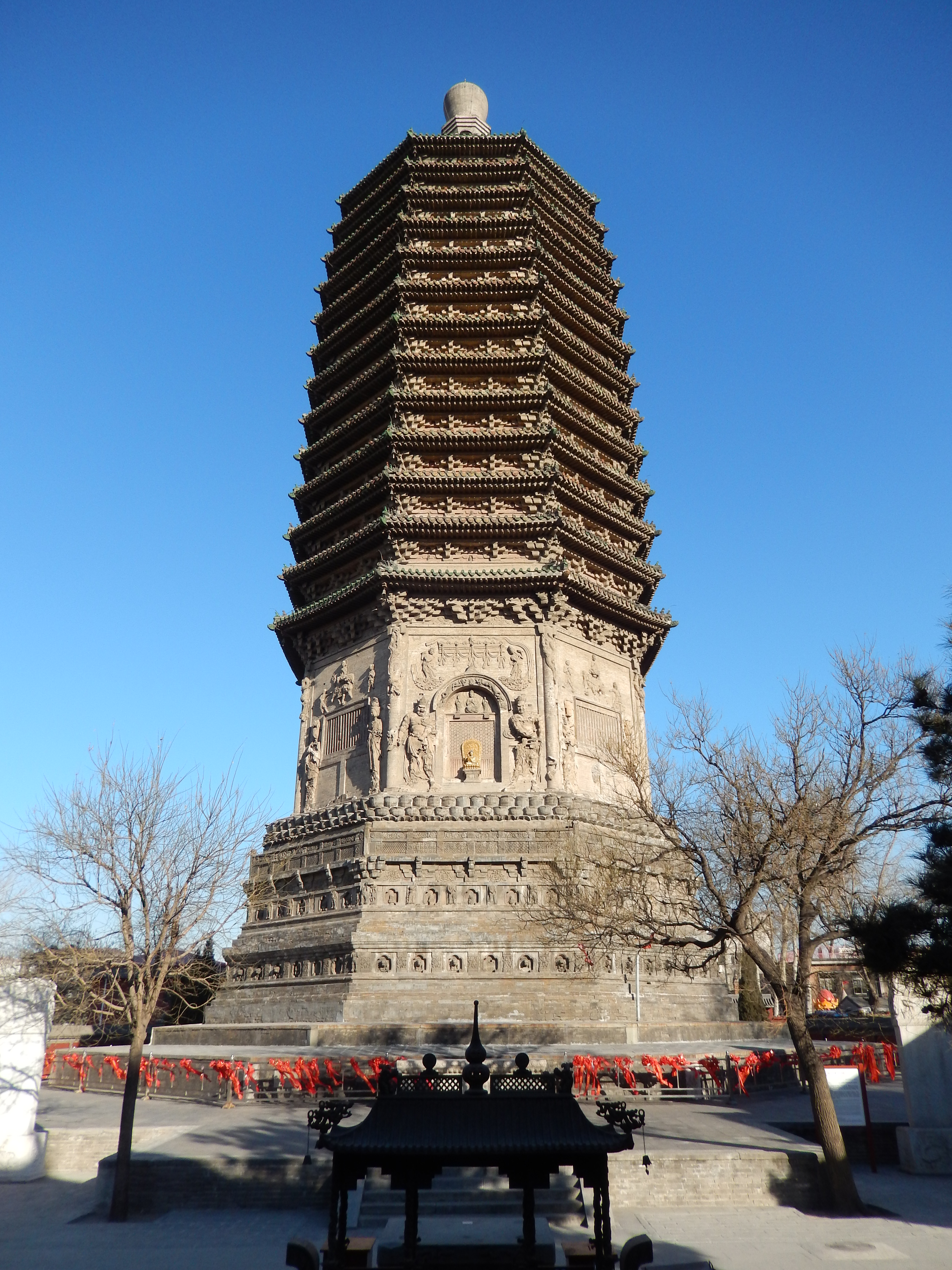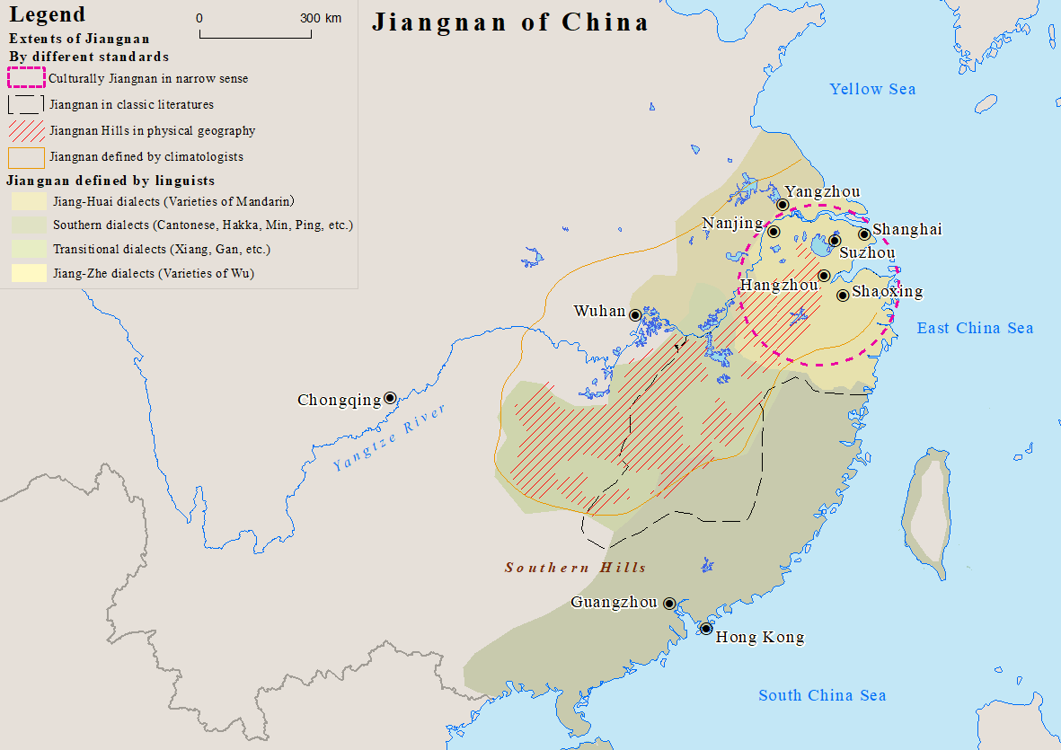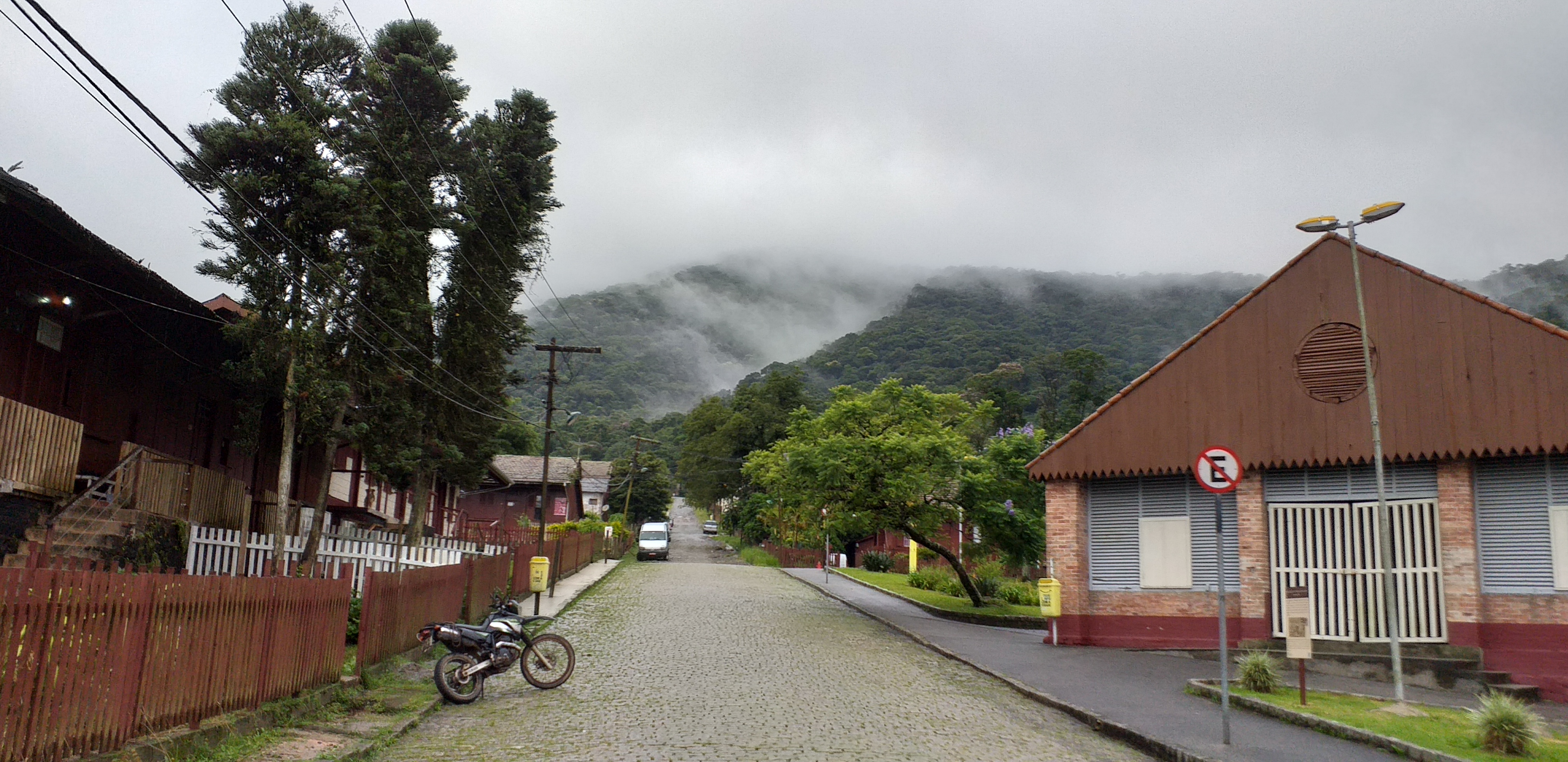|
Baliqiao
Yongtongqiao, better known as Baliqiao (; also romanised as Palikao), is a historic bridge located at the intersection of Tongzhou and Chaoyang districts in the east of Beijing, China. It passes over the Tonghui River (通惠河). History The exact origins of the bridge are difficult to discern. While the bridge's current structure dates back to the late Ming dynasty, historical records indicate that there was already a bridge at the site since around the fourth century CE. The bridge is located exactly eight ''li'' (Chinese mile) from Tongzhou District in Beijing, hence it was called "Baliqiao" or "Eight Mile Bridge". It was once used as a marker of the outer boundary of the Imperial City of Beijing, beyond which was the former Zhili province. A small palace and temple complex once stood near the bridge. When the Emperor travelled out of the Imperial City, he alighted from his ''jiao'' at the complex and rested there overnight before changing out of his elaborate imp ... [...More Info...] [...Related Items...] OR: [Wikipedia] [Google] [Baidu] |
Baliqiao Station
Baliqiao Station () is a station on the of the Beijing Subway. Station layout The station has an underground island platform An island platform (also center platform, centre platform) is a station layout arrangement where a single platform is positioned between two tracks within a railway station, tram stop or transitway interchange. Island platforms are popular on .... Exits The station has 6 exits, lettered A1, A2, B1, B2, B3, and B4. Exits A1 and A2 are accessible. External links * Beijing Subway stations in Chaoyang District Railway stations in China opened in 2003 {{Beijing-Subway-stub ... [...More Info...] [...Related Items...] OR: [Wikipedia] [Google] [Baidu] |
Beijing
} Beijing ( ; ; ), alternatively romanized as Peking ( ), is the capital of the People's Republic of China. It is the center of power and development of the country. Beijing is the world's most populous national capital city, with over 21 million residents. It has an administrative area of , the third in the country after Guangzhou and Shanghai. It is located in Northern China, and is governed as a municipality under the direct administration of the State Council with 16 urban, suburban, and rural districts.Figures based on 2006 statistics published in 2007 National Statistical Yearbook of China and available online at archive. Retrieved 21 April 2009. Beijing is mostly surrounded by Hebei Province with the exception of neighboring Tianjin to the southeast; together, the three divisions form the Jingjinji megalopolis and the national capital region of China. Beijing is a global city and one of the world's leading centres for culture, diplomacy, politics, finance, busi ... [...More Info...] [...Related Items...] OR: [Wikipedia] [Google] [Baidu] |
Second Opium War
The Second Opium War (), also known as the Second Anglo-Sino War, the Second China War, the Arrow War, or the Anglo-French expedition to China, was a colonial war lasting from 1856 to 1860, which pitted the British Empire and the French Empire against the Qing dynasty of China. It was the second major conflict in the Opium Wars, which were fought over the right to import opium to China, and resulted in a second defeat for the Qing dynasty and the forced legalisation of the opium trade. It caused many Chinese officials to believe that conflicts with the Western powers were no longer traditional wars, but part of a looming national crisis. In 1860, British and French troops landed near Beijing and fought their way into the city. Peace negotiations quickly broke down and the British High Commissioner to China ordered the foreign troops to loot and destroy the Imperial Summer Palace, a complex of palaces and gardens at which Qing Dynasty emperors handled affairs of state. Dur ... [...More Info...] [...Related Items...] OR: [Wikipedia] [Google] [Baidu] |
Li (unit)
''Li'' (, ''lǐ'', or , ''shìlǐ''), also known as the Chinese mile, is a traditional Chinese unit of distance. The li has varied considerably over time but was usually about one third of an English mile and now has a standardized length of a half-kilometer (). This is then divided into 1,500 chi or "Chinese feet". The character 里 combines the characters for "field" ( 田, ''tián'') and "earth" ( 土, ''tǔ''), since it was considered to be about the length of a single village. As late as the 1940s, a "li" did not represent a fixed measure but could be longer or shorter depending on the ''effort'' required to cover the distance. There is also another ''li'' (Traditional: 釐, Simplified: 厘, ''lí'') that indicates a unit of length of a ''chi'', but it is used much less commonly. This ''li'' is used in the People's Republic of China as the equivalent of the ''centi-'' prefix in metric units, thus ''limi'' ( 厘米, límǐ) for centimeter. The tonal difference makes i ... [...More Info...] [...Related Items...] OR: [Wikipedia] [Google] [Baidu] |
Jiangnan
Jiangnan or Jiang Nan (; formerly romanized Kiang-nan, literally "South of the River" meaning "South of the Yangtze") is a geographic area in China referring to lands immediately to the south of the lower reaches of the Yangtze River, including the southern part of its delta. The region encompasses the city of Shanghai, the southern part of Jiangsu Province, the southeastern part of Anhui Province, the northern part of Jiangxi Province and the northern part of Zhejiang Province. The most important cities in the area include Anqing, Changzhou, Hangzhou, Nanjing, Ningbo, Shaoxing, Suzhou, Wuxi, Wenzhou, and Zhenjiang. Jiangnan has long been regarded as one of the most prosperous regions in China due to its wealth in trade and very high human development. Most people of the region speak Wu Chinese dialects as their native languages. Etymology The word Jiangnan is based on the Chinese name for the Yangtze, ''Cháng Jiāng'', and ''nán'' meaning "south." In the 19th century, ... [...More Info...] [...Related Items...] OR: [Wikipedia] [Google] [Baidu] |
Road Transport In Beijing
A road is a linear way for the conveyance of traffic that mostly has an improved surface for use by vehicles (motorized and non-motorized) and pedestrians. Unlike streets, the main function of roads is transportation. There are many types of roads, including parkways, avenues, controlled-access highways (freeways, motorways, and expressways), tollways, interstates, highways, thoroughfares, and local roads. The primary features of roads include lanes, sidewalks (pavement), roadways (carriageways), medians, shoulders, verges, bike paths (cycle paths), and shared-use paths. Definitions Historically many roads were simply recognizable routes without any formal construction or some maintenance. The Organization for Economic Co-operation and Development (OECD) defines a road as "a line of communication (travelled way) using a stabilized base other than rails or air strips open to public traffic, primarily for the use of road motor vehicles running on their own wheels", which ... [...More Info...] [...Related Items...] OR: [Wikipedia] [Google] [Baidu] |
Lugou Bridge
The Marco Polo Bridge or Lugou Bridge () is a stone bridge located 15 km southwest of Beijing's city center in the Fengtai District. It bridges the Yongding River, a major tributary of Hai River. Situated at the eastern end of the bridge is the Wanping Fortress, a historic 17th-century fortress, with the Museum of the War of Chinese People's Resistance Against Japanese Aggression inside. In recent years, the water of Yongding River has been diverted to different areas of Beijing, so there is often no water under the bridge. Names The name "Marco Polo Bridge" derives from the appearance, before its reconstruction, in Marco Polo's book of travels, where he praised it highly. The names "Lugou" or "Lukou Bridge" and "Lugouqiao" or "Lukouchiao" derive from Lugou, a former name of the Yongding. In old bilingual plates, the bridge was also named as "Lu Kow Kiao".. History Construction of the original bridge on this site commenced in 1189, the final year of Emperor Shizong ... [...More Info...] [...Related Items...] OR: [Wikipedia] [Google] [Baidu] |
Jingtong Expressway
Jingtong () is a locale in Pingxi District, New Taipei City, Taiwan. Originally a coal mining town, today it is known mostly for tourism, with numerous souvenir shops and exhibits on the history of the area and the coal mining industry. Tourist attractions * Jingtong Coal Memorial Park * Jingtong Mining Industry Museum * Jingtong Old Street * Jingtong Railway Story House Transportation Jingtong Station was built by the Japanese in the 1930s. The town is a terminus of the Pingxi Line of the Taiwan Railways Administration. See also * New Taipei City New Taipei City is a special municipality located in northern Taiwan. The city is home to an estimated population of 3,974,683 as of 2022, making it the most populous city of Taiwan, and also the second largest special municipality by area, be ... References Geography of New Taipei Tourist attractions in New Taipei {{Taiwan-geo-stub ... [...More Info...] [...Related Items...] OR: [Wikipedia] [Google] [Baidu] |
Beijing Subway
The Beijing Subway is the rapid transit system of Beijing Municipality that consists of 25 lines including 20 rapid transit lines, two airport rail links, one maglev line and 2 light rail lines, and 463 stations. The rail network extends across 12 urban and suburban districts of Beijing and into one district of Langfang in neighboring Hebei province. With 3.8484 billion trips delivered in 2018, an average of 10.544 million trips per day, the Beijing Subway is the world's busiest metro system. Single-day ridership set a record of 13.7538 million on July 12, 2019. The Beijing Subway opened in 1971 and is the oldest metro system in mainland China and on the mainland of East Asia. Before the system began its rapid expansion in 2002, the subway had only two lines. The existing network still cannot adequately meet the city's mass transit needs. Beijing Subway's extensive expansion plans call for of lines serving a projected 18.5 million trips every day when Phase 2 Constru ... [...More Info...] [...Related Items...] OR: [Wikipedia] [Google] [Baidu] |
Line Batong, Beijing Subway
The Batong Line of the Beijing Subway () is an east–west rapid transit line in eastern Beijing. It extends Line 1 further east from in Chaoyang District to in Tongzhou District. Through operation with Line 1 started on August 29, 2021. The Batong Line derives its name by combining the first character of Bawangfen (), another name for Sihui, and Tongzhou (), the eastern suburban district of Beijing which the line serves. The Batong Line is mainly above ground with only 3.8 km section is underground and runs from the in the west to in the east. The colour of the Batong Line that is shown on maps, like that of Line 1, is red. The line tends to be very crowded during rush hour. To alleviate this headways were reduced and express services were introduced during rush hour in early 2020. However, these express services were removed with the start of through operation with Line 1 in mid 2021. Hours of operation The first east-bound train departs Sihui at 6:00am. The f ... [...More Info...] [...Related Items...] OR: [Wikipedia] [Google] [Baidu] |
Imperial Commissioner (China)
Imperial Commissioner (; Manchu: ''hese i takūraha amban'') was a high-ranking government official or military general commissioned by the emperor of China during the late Ming (13681644) and Qing The Qing dynasty ( ), officially the Great Qing,, was a Manchu-led imperial dynasty of China and the last orthodox dynasty in Chinese history. It emerged from the Later Jin dynasty founded by the Jianzhou Jurchens, a Tungusic-speaki ... (16361912) dynasties. His power was just below that of the emperor, such that he could command Viceroy (China), viceroys and Provincial governor of the Ming and Qing Dynasties, provincial governors by imperial edict. Functions Main responsibilities Negotiations with foreign powers, for example Lin Zexu, Qishan (Qing dynasty), Qishan and Shen Baozhen) as well as treaty ratification as exemplified by Qiying, Prince Gong (Qing dynasty), Yixin, Prince Gong and Li Hongzhang. Manage aid and unite local government in response to large- ... [...More Info...] [...Related Items...] OR: [Wikipedia] [Google] [Baidu] |
Napoléon III
Napoleon III (Charles Louis Napoléon Bonaparte; 20 April 18089 January 1873) was the first President of France (as Louis-Napoléon Bonaparte) from 1848 to 1852 and the last monarch of France as Emperor of the French from 1852 to 1870. A nephew of Napoleon I, he was the last monarch to rule over France. Elected to the presidency of the Second Republic in 1848, he seized power by force in 1851, when he could not constitutionally be reelected; he later proclaimed himself Emperor of the French. He founded the Second Empire, reigning until the defeat of the French Army and his capture by Prussia and its allies at the Battle of Sedan in 1870. Napoleon III was a popular monarch who oversaw the modernization of the French economy and filled Paris with new boulevards and parks. He expanded the French overseas empire, made the French merchant navy the second largest in the world, and engaged in the Second Italian War of Independence as well as the disastrous Franco-Prussian War, dur ... [...More Info...] [...Related Items...] OR: [Wikipedia] [Google] [Baidu] |
.jpg)





.jpg)